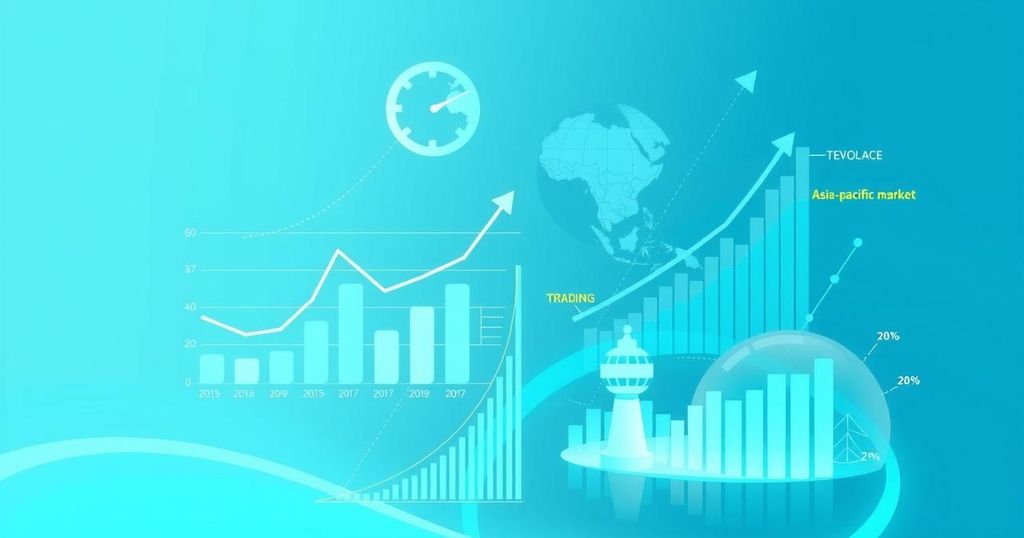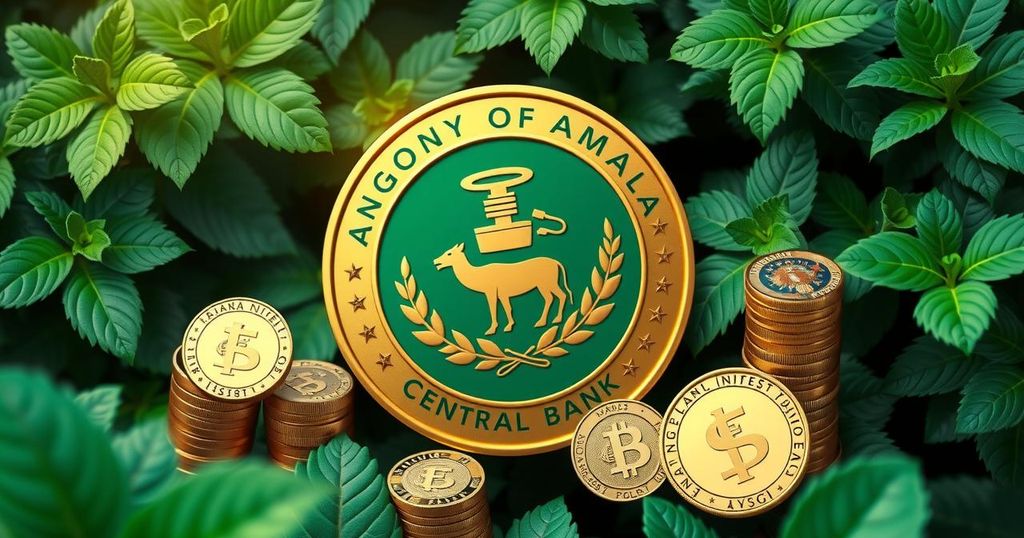DRC Cobalt Export Ban: Market Implications Ahead
- Cobalt prices rose only 0.2% following the DRC export ban extension.
- Seasonal demand and market expectations dampened cobalt price volatility.
- Cobalt Holdings’ IPO delay may have impacted market liquidity levels.
- Assessments show cobalt standard grade prices taking a downward trend.
- Increased MHP imports may help offset cobalt supply shortages.
Market reaction to the DRC cobalt export ban
The cobalt market is facing tight conditions following the Democratic Republic of the Congo (DRC) cobalt export ban extension on June 21. This extension has not generated the same price spike as the initial ban, which was unexpected back in February. According to assessments made during mid-July, cobalt prices have only seen a slight increase of 0.2% during this recent period, contrasting sharply with the dramatic 43.2% price rise that followed the initial ban in early 2023.
Supply and liquidity dynamics observed
Market participants have commented that the subdued price movement is largely due to the expectation of the extension and an overall decline in seasonal demand typical during summer months. Traders noted that many consumers are already well-stocked in anticipation of maintenance-related shutdowns. One cobalt trader pointed out that many in the market did not react with panic during the announcement of the extension, given that the continuation of the ban was already anticipated.
Pricing and inventory impact on market dynamics
Another contributing factor to the current market situation may be attributed to Cobalt Holdings deciding to postpone their initial public offering that was scheduled for June. They had intended to negotiate financing for the purchase of 6,000 tonnes of cobalt metal in 2023, followed by annual acquisitions leading to 2031. This move likely influenced liquidity levels after the DRC export ban extension as noted by several market participants. Fastmarkets has reported changes in price assessments, revealing that cobalt standard grade in Rotterdam was approximately $15.35-$16.10 per pound as of July 11, indicating a slight decline from previous sessions. Additionally, battery manufacturers in China are relying heavily on long-term contracts amidst the seasonal lull in demand, echoing concerns about future cobalt supplies amid lower trading volumes.
In summary, the DRC cobalt export ban extension raises questions about future market tightness and price stability. Current liquidity levels have been affected by consumer preparedness and the postponement of the IPO by Cobalt Holdings, contributing to a less reactive market. Looking forward, Chinese import statistics will be pivotal in revealing future price trajectories as the summer unfolds, while traders remain vigilant about potential supply shortages later in the year due to low inventory levels and an increased interest in alternative sources like mixed hydroxide precipitate (MHP).




Post Comment